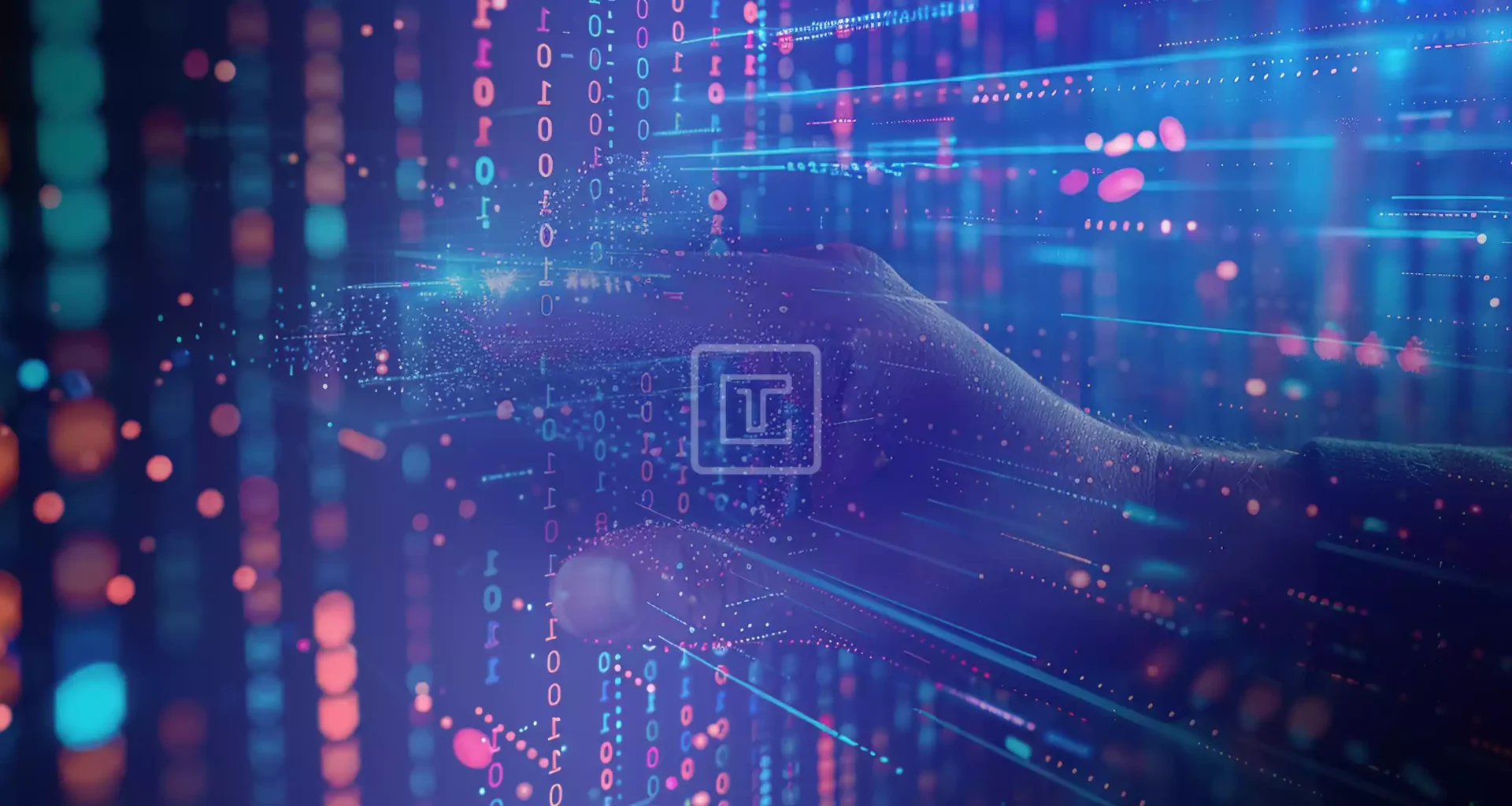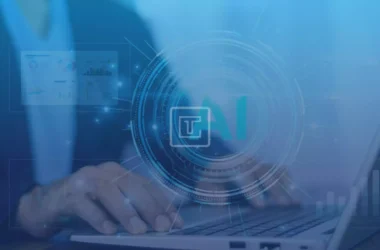As educational technology evolves, so do the demands on the underlying data infrastructure. From AI-driven personalized learning to immersive AR/VR experiences and IoT-enabled classrooms, EdTech platforms must be built on a scalable, flexible, and secure foundation. But how do we ensure that data infrastructure keeps pace with these innovations while remaining cost-effective and sustainable?
This guide explores the essential components of a future-ready EdTech data infrastructure, offering insights into the key architectural decisions, technologies, and strategies that can empower educational platforms to thrive in the digital age.
The Growing Complexity of EdTech Data
Modern EdTech platforms generate vast amounts of data—student interactions, assessment results, real-time engagement metrics, and multimedia content. However, the real challenge is not just storing this data but structuring it effectively to drive actionable insights. A robust infrastructure must address several core requirements:
- Scalability: As user numbers increase, the system must handle higher data loads without performance degradation. Cloud-native architectures ensure elasticity and cost efficiency, allowing seamless expansion without service interruptions.
- Interoperability: Seamless integration with Learning Management Systems (LMS), Student Information Systems (SIS), and third-party applications eliminates data silos, ensuring a cohesive educational ecosystem where insights are not lost across different platforms.
- Real-Time Processing: Instant feedback loops, adaptive learning, and automated grading rely on real-time analytics and AI-driven recommendations. Traditional batch processing is insufficient for dynamic learning environments where rapid adjustments enhance student outcomes.
- Security & Compliance: Adhering to stringent regulations like FERPA, GDPR, and COPPA is critical to maintaining trust and data integrity. EdTech companies must employ end-to-end encryption, multi-factor authentication, and role-based access controls to prevent unauthorized access.
EdTech companies that neglect these areas risk inefficiencies, fragmented data ecosystems, and security breaches. A future-proof infrastructure is not just a technical upgrade—it’s an operational necessity.
Building Blocks of a Future-Ready EdTech Data Infrastructure
1. Cloud-Native Data Architecture: Scaling Without Constraints
The cloud offers unparalleled scalability and flexibility, making it the backbone of modern EdTech platforms. Key components include:
- Data Lakes & Warehouses: Services like AWS Redshift, Google BigQuery, and Azure Synapse enable large-scale analytics and structured storage. Data lakes support raw, unstructured data for AI training, while warehouses facilitate structured querying for reporting.
- Serverless Computing & Microservices: Adopting serverless solutions like AWS Lambda or Google Cloud Functions reduces operational overhead and optimizes performance. Microservices allow modular development, ensuring that different components—such as authentication, grading, and content delivery—operate independently.
- Multi-Cloud & Hybrid Approaches: A mix of on-premise and cloud storage ensures both security and accessibility, preventing vendor lock-in and enabling institutions to customize infrastructure based on regulatory needs.
By leveraging cloud-native solutions, EdTech firms can dynamically scale resources based on demand, optimizing both performance and costs while ensuring high availability and disaster recovery.
2. AI & Machine Learning Infrastructure for Personalized Learning
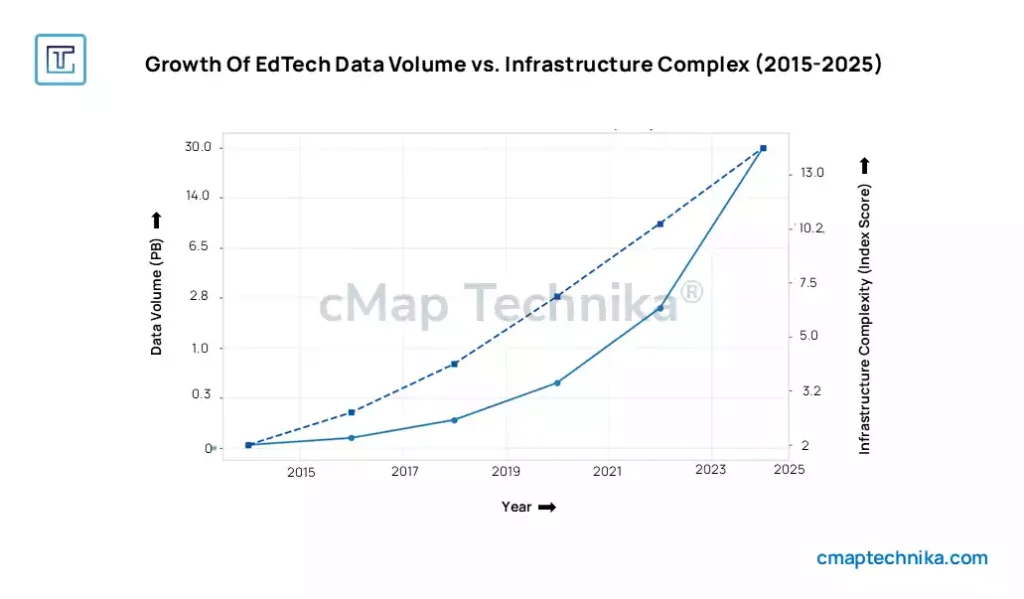
AI-driven learning platforms tailor educational experiences to individual student needs. This requires a well-structured AI pipeline:
- Automated Data Pipelines: Tools like Apache Airflow and AWS Glue streamline data ingestion and transformation for AI models, ensuring that data sets remain clean, well-labeled, and ready for training.
- MLOps for Continuous Learning: Platforms such as Google Vertex AI and Azure Machine Learning simplify model deployment, monitoring, and retraining. Automated feedback loops allow AI models to refine predictions based on student performance and engagement trends.
- Federated Learning for Privacy-Preserving AI: Instead of centralizing data, AI models can be trained on decentralized devices, maintaining student privacy and compliance. This technique is particularly useful for institutions with strict data sovereignty policies.
When effectively integrated, these technologies enable real-time tutoring, automated feedback, and predictive analytics that drive student success. AI-driven insights can also identify at-risk students, allowing early interventions.
3. Edge Computing: Enhancing Real-Time Learning Experiences
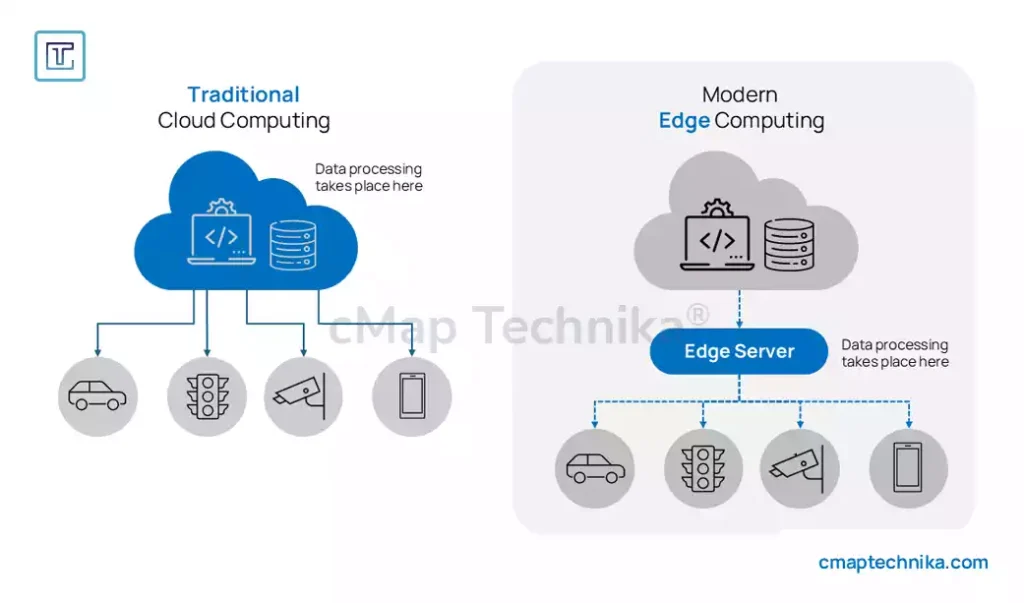
Latency can disrupt virtual learning, making real-time data processing essential. Edge computing addresses this challenge by:
- Powering AR/VR Classrooms: Low-latency edge processing enables immersive and interactive learning experiences by offloading computations from cloud servers to local devices, reducing lag in simulations and virtual environments.
- IoT in Smart Classrooms: Real-time tracking of student engagement through smart sensors, wearables, and connected devices enhances adaptive learning. Data from IoT devices can adjust classroom conditions—such as lighting and temperature—based on student concentration levels.
- Offline Learning Capabilities: Edge caching ensures that students in low-bandwidth regions can access educational content without disruption. This is especially useful for rural and underserved communities where internet connectivity is inconsistent.
By integrating edge computing, EdTech platforms can provide uninterrupted, high-quality learning experiences regardless of location, bridging digital divides and promoting inclusivity.
4. Data Governance & Compliance: Ensuring Trust and Security
As EdTech platforms increasingly rely on student data, compliance and security must be prioritized. Essential measures include:
- Advanced Encryption & Access Control: Role-based Identity and Access Management (IAM) prevents unauthorized data access, ensuring that only authorized personnel can handle sensitive information.
- Data Anonymization & Masking: Techniques such as differential privacy protect sensitive student information while enabling analytics. This approach balances insight generation with regulatory compliance.
- Blockchain for Digital Credentials: Secure, tamper-proof certificates ensure verifiable learning achievements and credentials. Decentralized ledger technology (DLT) prevents diploma fraud and enhances transparency in academic records.
Failing to implement robust data governance can lead to legal repercussions and loss of stakeholder trust. A proactive security approach ensures long-term sustainability, protecting students, educators, and institutions alike.
5. Future-Proofing with Interoperability & Open Standards
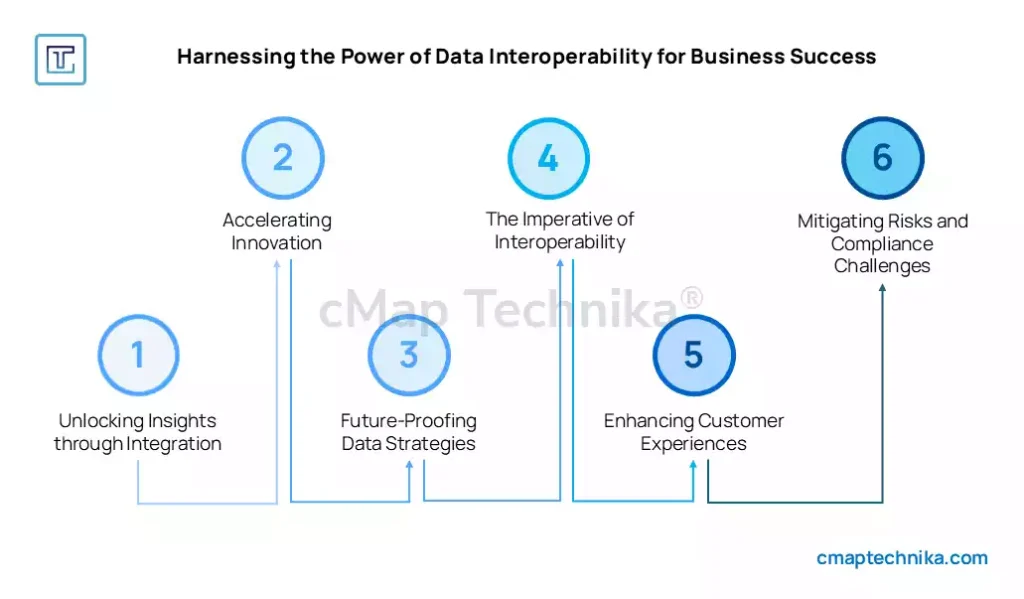
For EdTech platforms to remain agile and adaptable, interoperability is key. A future-proof data infrastructure should:
- Seamlessly Integrate with LMS & SIS Systems: APIs and middleware solutions facilitate smooth data exchange between platforms, allowing institutions to retain historical student data even when switching software providers.
- Adopt Open EdTech Standards: Standards like xAPI, LTI, and SCORM enhance compatibility and extend platform longevity, ensuring that content remains accessible across different tools.
- Embrace Composable Data Architectures: Modular, plug-and-play data systems allow for incremental upgrades as new technologies emerge, reducing migration costs and complexity.
Interoperability ensures that EdTech solutions remain flexible, cost-effective, and adaptable to evolving educational needs, fostering an ecosystem of innovation rather than isolation.
The Road Ahead: Preparing for the Next Wave of EdTech Innovations
The future of EdTech is shaped by emerging trends in data infrastructure, including:
- AI-Powered Learning Assistants: Virtual tutors that provide instant, context-aware assistance based on student progress, enhancing engagement and retention.
- Decentralized Learning Ecosystems: Blockchain-based credentials and peer-to-peer learning networks for global knowledge sharing, enabling students to build verifiable learning portfolios.
- 5G-Enabled Smart Classrooms: High-speed, low-latency connectivity enabling seamless AR/VR education experiences, fostering deeper immersion and interactivity.
Investing in a robust, future-ready data infrastructure will allow EdTech firms to harness these innovations and scale sustainably. The key to success lies in designing intelligent, secure, and highly interoperable data ecosystems that empower both educators and learners.
Conclusion: Future-Proofing EdTech with Scalable Data Solutions
A resilient EdTech data infrastructure is more than just storage—it’s the foundation for digital transformation. By prioritizing cloud scalability, AI-driven analytics, real-time processing, and stringent security measures, EdTech providers can create dynamic and adaptive learning environments.
The rapid evolution of education demands data-driven solutions. Those who invest in scalable, future-proof infrastructure today will lead the next generation of EdTech innovation. The question remains: Is your platform ready to scale with the future of education?



